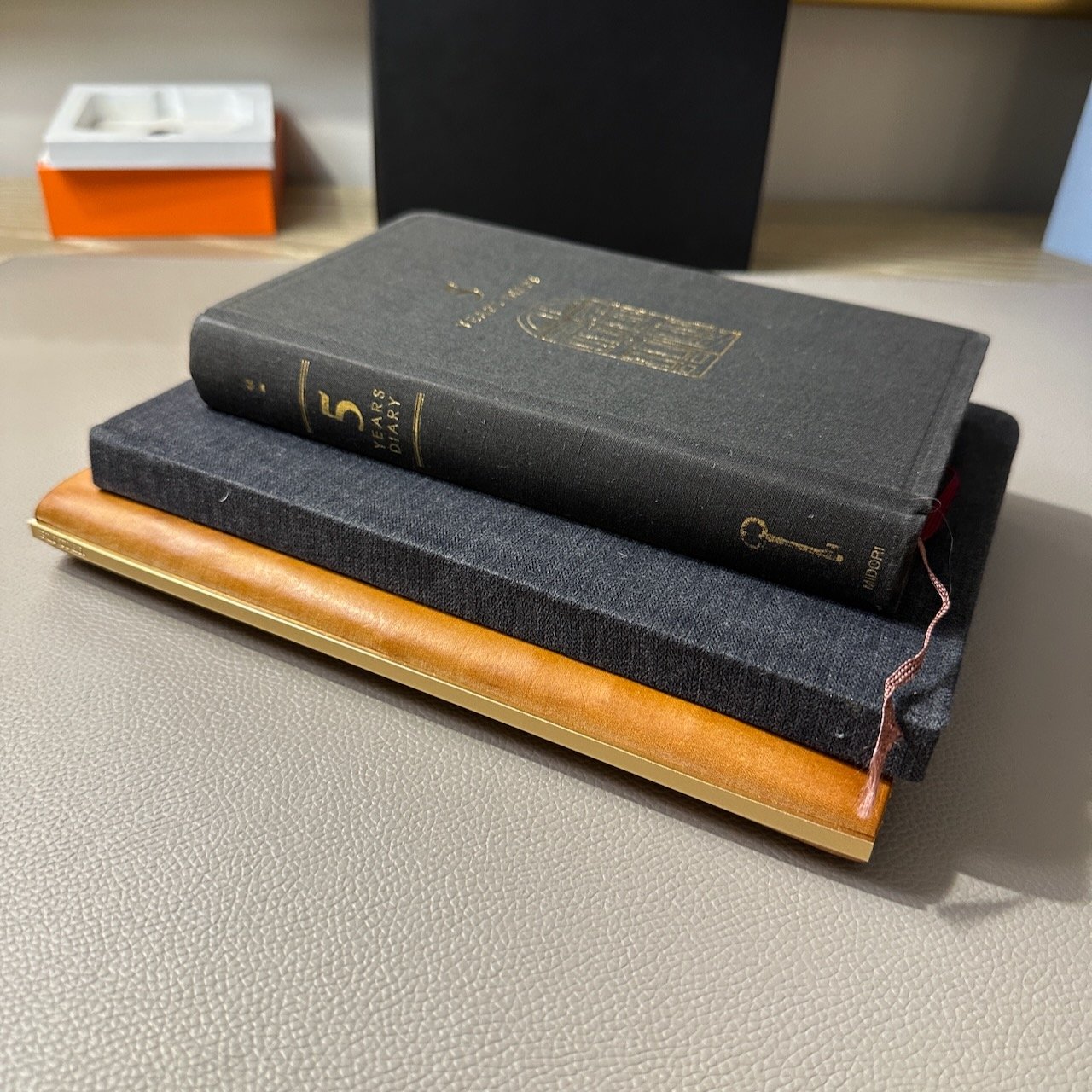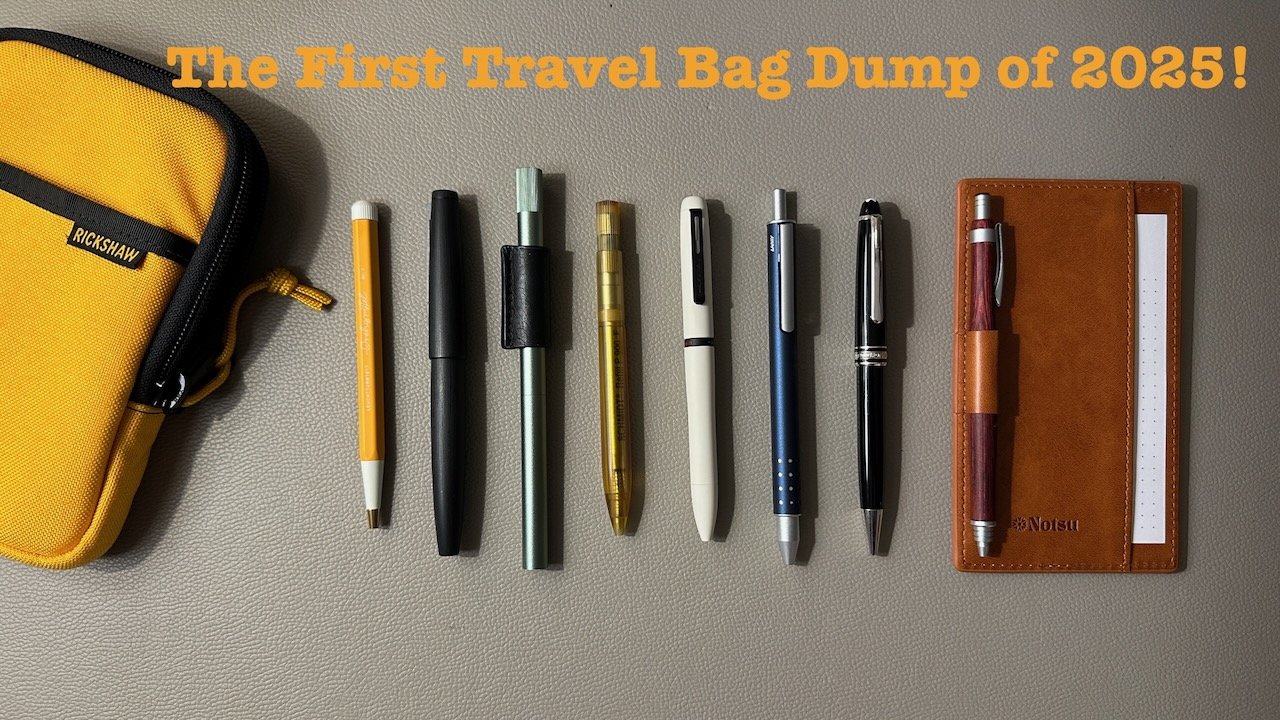Question 2: My Aurora 14K Fine Nib Writes Wider Than The JoWo Stainless Steel Medium on My diplomat. Is The aurora Nib Defective?
I’ll start by answering this question as directly as I can: No, not necessarily. However, this response needs a lot of context.
Those new to fountain pens often don’t realize that nib sizes are not uniform across brands, and many factors can determine how wide a line any specific nib will leave on the page. For example, a fine nib from a Japanese brand will generally write a much narrower line than a fine nib made by a German company like JoWo or Bock. While regional variations in average handwriting size and general preferences for finer lines in certain countries explains some of the variation between manufacturers, it’s not the entire story, and there are several things to keep in mind when setting expectations:
As a general matter, there is little uniformity in the fountain pen world. Fountain pens are inherently imprecise instruments. While ballpoints, gel pens, and rollerballs have less variability with their well-known .5mm, .7mm, and 1.0mm tip sizes, there is no standard for what constitutes an “extra-fine,” “fine,” “medium,” or “broad” fountain pen nib. For those brands that make their nibs in-house with a lot of hand-finishing (like the Aurora referenced above), there may even be variability between individual nibs that are technically the same size.
Gold nibs generally write a wetter, wider line than steel nibs of an equivalent size. While not always the case, this is a reasonable expectation. Gold nibs are typically “softer” than steel nibs, meaning the tines have more give and they will accordingly release more ink on the page. On average, the gold medium nibs in my collection write a wider line than their steel counterparts.
A fountain pen with an ebonite (hard rubber) feed will generally have heavier ink flow, and hence, write a wider line, than a pen with a plastic feed. This is why makers often pair flex nibs with an ebonite feed, because the ebonite feed ensures that the ink flow keeps up with the nib. Softer gold nibs paired with ebonite feeds can be extremely wet writers, to the point where I personally default to the “extra-fine” nibs in certain brands like Scribo.
Piston Fillers, Vacuum Fillers, and Eyedroppers generally write a wetter line than cartridge-converter pens. Again, this is a generalization, but I’ve always found that pens with a larger volume of ink in direct contact with the back of the feed are by default wetter writers, which can affect line width.
Your choice of ink and/or paper will affect how a nib performs. Certain inks are wetter than others, and can spread more on the paper. If you have a pen that you feel consistently writes too wide a line, you can try to switch the ink up to something drier, like an iron gall ink and many blue-blacks. Relatedly, non-coated papers that are more absorbent will show a wider line because the ink has a tendency to spread as it soaks into the paper fibers.
To illustrate how these factors combine to affect how a specific pen behaves, consider the question about the Aurora pen above. While a 14k gold Aurora fine nib is on the stiffer side for a gold nib, paired with an ebonite feed in a piston filler, it would not surprise me to have the pen write a similar line to a stainless steel medium JoWo nib (and maybe even wider with a particularly wet ink). To illustrate, here’s a writing sample from my own 14k Aurora Sigaro Blu compared against a writing sample from a stainless steel Kaweco Sport.





